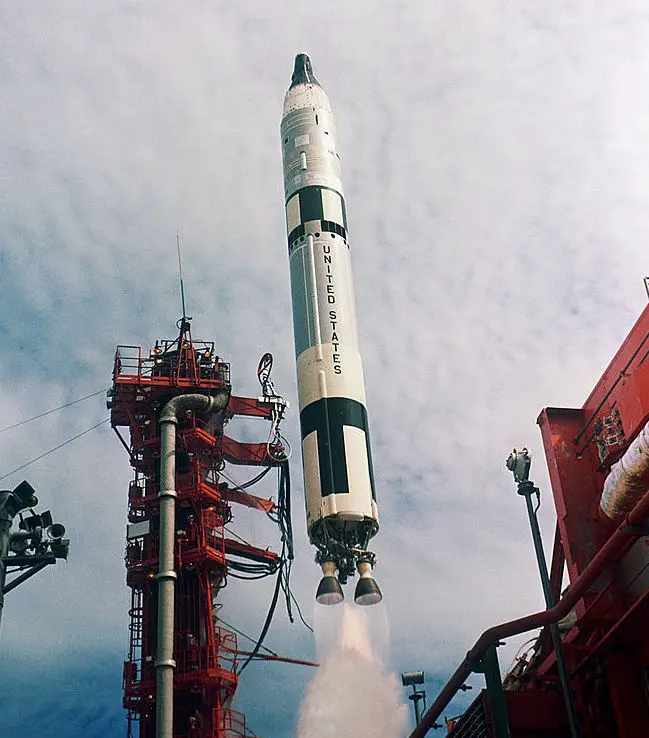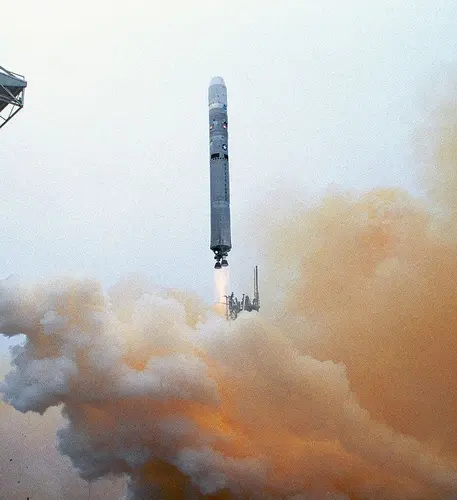/
Titan II

Description
The Titan II was an intercontinental ballistic missile (ICBM) and space launcher developed by the Glenn L. Martin Company from the earlier Titan I missile. Titan II was originally designed and used as an ICBM, but was later adapted as a medium-lift space launch vehicle to carry payloads to Earth orbit for the United States Air Force (USAF), National Aeronautics and Space Administration (NASA) and National Oceanic and Atmospheric Administration (NOAA). Those payloads included the USAF Defense Meteorological Satellite Program (DMSP), NOAA weather satellites, and NASA's Gemini crewed space capsules. The modified Titan II SLVs (Space Launch Vehicles) were launched from Vandenberg Air Force Base, California, up until 2003.
Missions
25
Success Rate
96.0%
Successes
24
Failures
1
Success Streak
9
Partial Failures
0
Previous

DMSP-5D3 F16 (USA-172)

Coriolis
Configurations

Titan II GLV
Active 1964 to 1966
Rocket
Height: 33.2m
Payload to Orbit
LEO: 3,580 kg
Liftoff Thrust
1,913 Kilonewtons
Stages
2

Titan II(23)G
Active 1988 to 2003
Price
$35.00 million
Rocket
Height: 42.9m
Payload to Orbit
LEO: 3,600 kg
Liftoff Thrust
1,900 Kilonewtons
Fairing
Diameter: 3.05m
Height: 9.1m
Stages
2